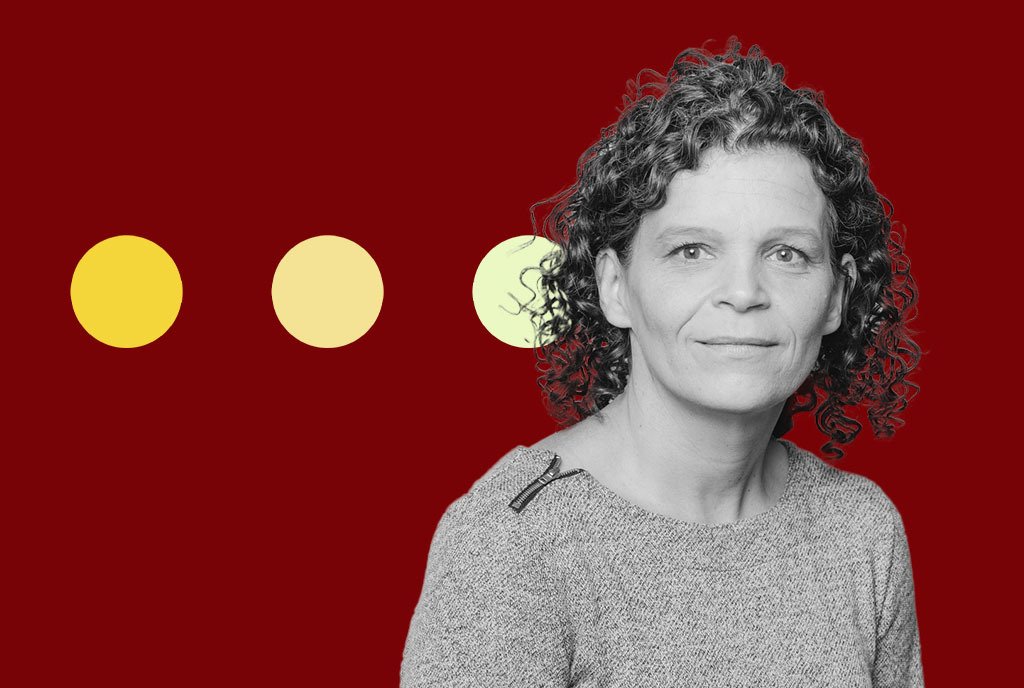
May 11, 2017; Nieman Lab
A German nonprofit successfully teamed up with a daily newspaper to start tracking information about local schools. More than 520 people participated, logging in 3,552 data points. New data prompted meaningful community discussion and new, official responses.
The experimental project was highlighted by Harvard’s Nieman Lab and is the beginning of a more ambitious effort funded in part by Google’s Digital News Initiative. The work of the German nonprofit Correct!v (pronounced “corrective”) is part of its long-term effort to build a platform that will serve both journalists and community members.
Using readers to help gather information isn’t new. ProPublica, for example, used the technique to collect information from Vietnam veterans about the impact of Agent Orange. However, building a platform for wide journalist and community participation combined with collaboration with traditional newsrooms is still largely uncharted territory.
The project is the second crowdsourced project for Correct!v and its most recent experiment puts lessons learned in its first experiment with local banks to work.
Sign up for our free newsletters
Subscribe to NPQ's newsletters to have our top stories delivered directly to your inbox.
By signing up, you agree to our privacy policy and terms of use, and to receive messages from NPQ and our partners.
The virtual newsroom/crowd newsroom is intended to be a tool for journalists and citizens alike who are interested in collaborating on complex issues that they would like to work on in a journalistic way. Using crowdsourcing, participants will have the opportunity to cooperate in groups on individual topics. The virtual newsroom/crowd newsroom will also focus on specific issues, from climate change and crisis policy to local scandals and greater inclusion of the disabled. The goal: complex topics are to be processed by as many people as possible in a journalistic way to promote a deeper understanding and widen public debate.
It also focuses on an area where information was hard to get, inaccurate, or simply didn’t exist. The nonprofit concentrated on data collection while the local newspaper got word out about the project. When community members expressed concern about the project, a column in the newspaper gave an explanation and response, helping provide clear and positive context.
In this experiment, Correct!v treated gathering the information more like a crowdfunding campaign. They limited data collection to a shorter time period—in this case, a month—and focused on a specific question to keep the process simple for participants. Users and contributors were kept anonymous, but moderating layers were added, such as sending weekly results to local school officials for confirmation and comment and allowing contributors to correct other users’ entries. However, reporters emphasize these crowdsourced numbers are starting points for discussion, not “perfect scientific inquiry.”
The data collection project has also spurred official action. When the education ministry became aware of the project, it stepped up its own data collection efforts.
Despite efforts to put crowdfunding and crowdsourcing in a box for easy 1-2-3 application, this experiment shows there is still much to be learned, tried, and tested. It’s not only the tools but community receptiveness that will drive future applications. The collaboration between different kinds of players also suggests great potential: In this case, each organization put its strengths to effective use; both benefited, as did the local community. While the traditional newsroom has been on the way out for some time, the need for data presented in meaningful ways still matters.—Kevin Johnson












